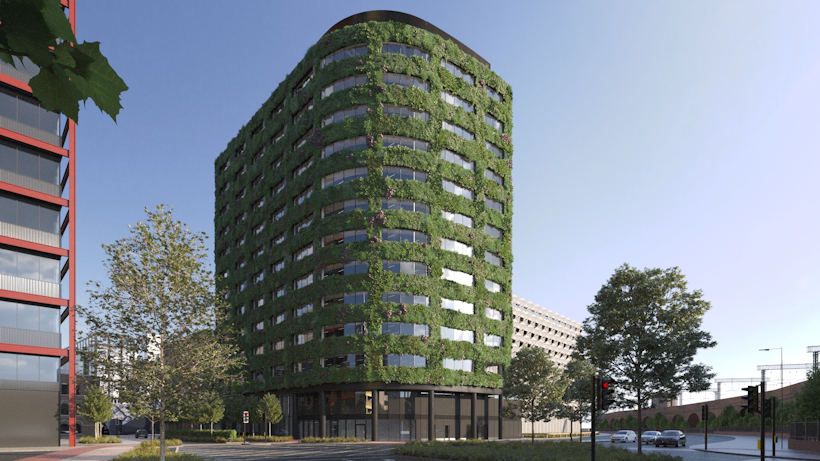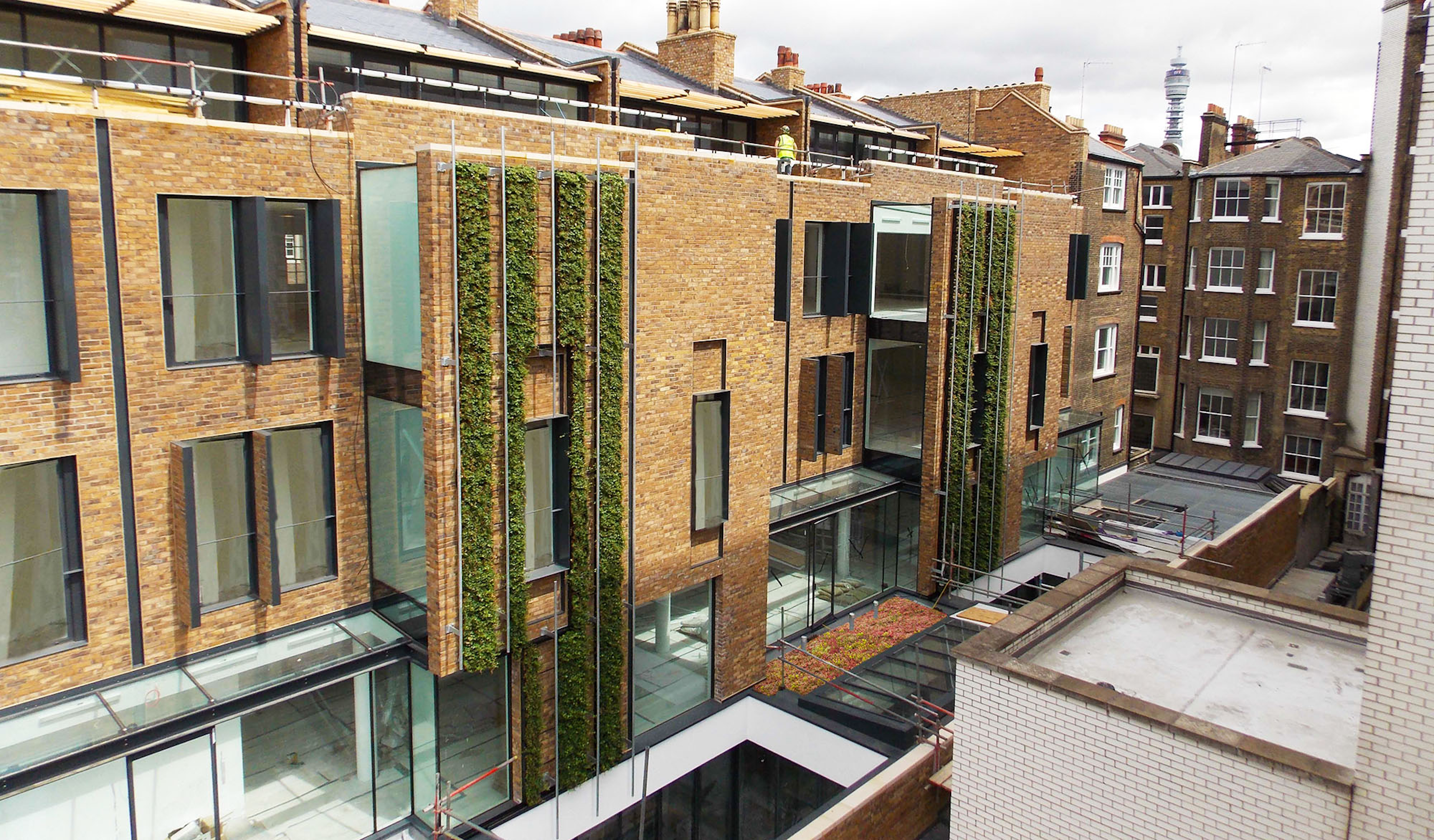In the midst of bustling urban landscapes, where concrete and steel dominate the skyline, an innovative and eco-friendly solution is making a significant impact: green walls.
These vertical gardens, often seen adorning the facades of buildings, are not only visually striking but also offer a myriad of environmental and health benefits.
As urban areas continue to grapple with pollution and public health challenges, green walls emerge as a sustainable strategy to enhance the quality of life in cities.
The Problem: Urban Pollution and Public Health
Urban areas are notorious for high levels of air pollution, stemming from vehicular emissions, industrial activities, and construction. This pollution contributes to a range of health issues, including respiratory diseases, cardiovascular problems, and even mental health disorders.
The World Health Organisation (WHO) estimates that ambient air pollution is responsible for approximately 4.2 million deaths per year globally. In this context, innovative solutions to mitigate pollution and promote healthier urban living are urgently needed.
Green Walls as the Solution
Green walls, also known as living walls or vertical gardens, consist of various plants grown on a vertically suspended panel. These installations can be placed on the exterior or interior walls of buildings and are equipped with a growing medium, such as soil or a substrate, and an integrated irrigation system.

Benefits of Green Walls
1. Air Purification
- Pollutant Absorption: Plants have the natural ability to absorb pollutants like carbon dioxide, nitrogen oxides, and particulate matter. Green walls can significantly reduce these harmful substances, thereby improving air quality.
- Oxygen Production: Through photosynthesis, plants produce oxygen, enhancing the overall air quality in urban environments.
2. Temperature Regulation
- Urban Heat Island Effect: Cities often experience higher temperatures than their rural counterparts, a phenomenon known as the urban heat island effect. Green walls can help mitigate this by providing natural insulation, reducing the need for energy-intensive air conditioning.
- Microclimate Improvement: By cooling the surrounding air, green walls create a more pleasant microclimate, making urban spaces more comfortable for residents and visitors.
3. Noise Reduction
- Plants and the structure of green walls can act as a natural sound barrier, absorbing and deflecting noise pollution from traffic and construction, creating quieter urban environments.
4. Biodiversity Enhancement
- Green walls can serve as habitats for various species of birds, insects, and small animals, contributing to urban biodiversity and ecological balance.
5. Mental Health Benefits
- Exposure to greenery has been linked to reduced stress levels, improved mood, and enhanced cognitive function. Green walls provide an accessible way for urban dwellers to connect with nature, even in densely built environments.

Green Wall Case Study: ASN School, Scotland
A notable example of the positive impact of green walls is the project at ASN School in Scotland, undertaken with Norr Architects. This project transformed a 264 sqm area into a biodiverse and biophilic space, significantly improving the local environment and providing substantial benefits to the students.
Green Wall Impact on the Local Area
The green wall at ASN School has contributed to increased biodiversity, providing habitats for various plant and animal species. It also helps reduce pollution levels in the surrounding area, absorbing harmful pollutants and producing oxygen. The presence of this green infrastructure enhances the aesthetic appeal of the school, making it a more pleasant environment for students, staff, and visitors.
Green Walls Benefits to the Students
Research has shown that green infrastructure can enhance students' concentration and overall cognitive function. Students exposed to greenery tend to have longer attention spans compared to those in environments devoid of natural elements. While it's not guaranteed that the students at ASN School will become top scholars solely due to the green wall, the improved environment certainly supports better focus and learning outcomes.
By incorporating green walls, ASN School has created a space where students can enjoy the benefits of nature, leading to improved mental well-being and academic performance.

Book a Consultation with Viritopia
As urban populations continue to grow, the need for innovative, green solutions like green walls becomes ever more critical.
With over 20 years of experience of designing and maintaining biophilic infrastructure, Viritopia can create a detailed plan of how a scheme will meet regulatory requirements.
We assist with faster planning process and provide you with what’s needed to elevate your project. Book a living wall consultation with our expert team today or find out more about our green walls and their benefits.

